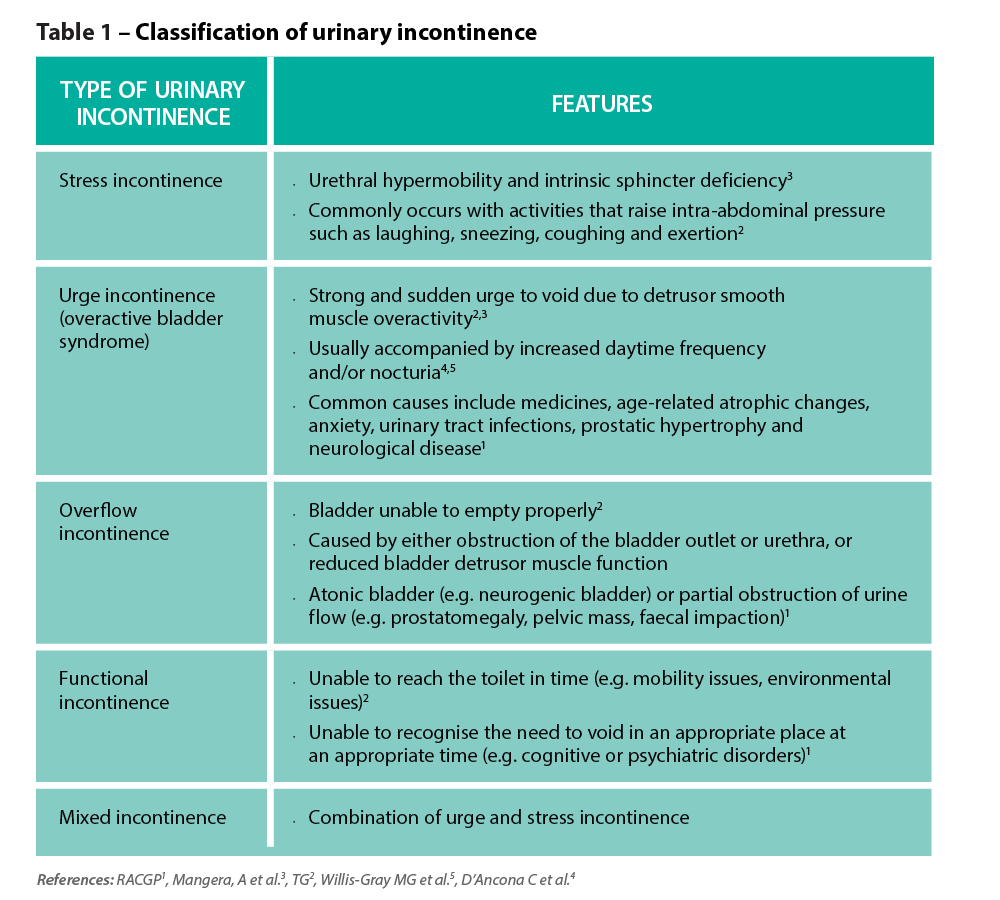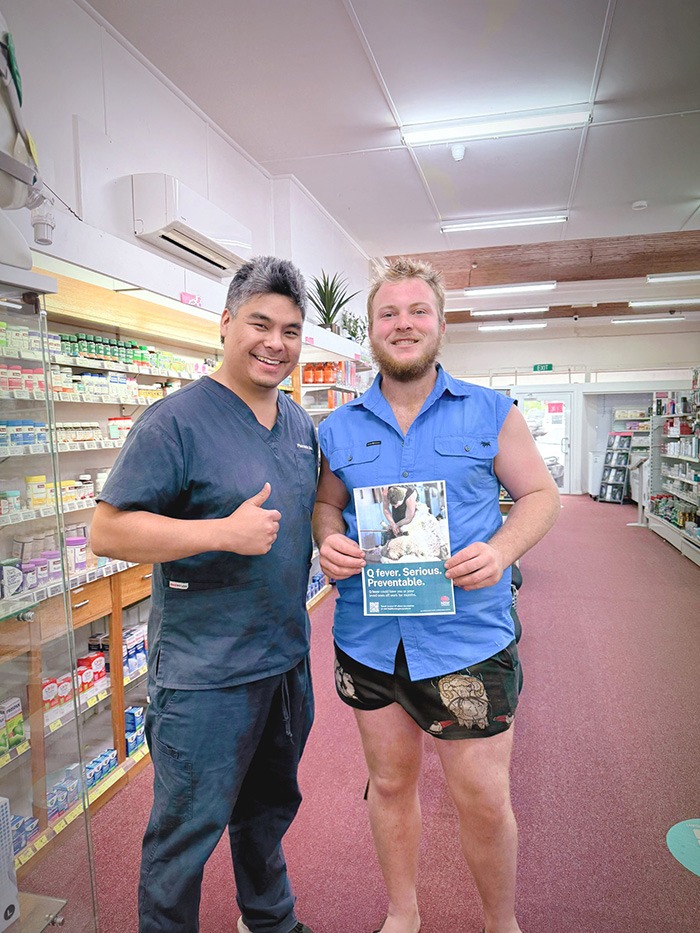Pharmacists are helping detect CKD sooner through point-of-care testing and risk assessment that connect at-risk patients with their GP.
Chronic kidney disease (CKD) is a common but often ‘silent’ condition. One in three Australians are at risk of developing progressive CKD resulting from comorbidities such as hypertension, diabetes and cardiovascular disease. And most people are asymptomatic until significant kidney damage has occurred.
Familiarity with patients’ medical history equips pharmacists to act as first identifiers of potential CKD and to suggest Kidney Health Checks – which can find CKD in time to better manage the condition. People with diabetes, hypertension, family history of kidney disease, or those who are over 18 and from an Aboriginal and Torres Strait Islander family should have annual Kidney Health Checks. Current smokers and people with other risk factors, such as cardiovascular disease or obesity, should have Kidney Health Checks every 2 years.
Screening for CKD
A trial of CKD screening by pharmacists is currently underway across Australia, covering nearly 1,500 patients in 192 community pharmacies.
According to the University of Sydney’s Associate Professor Ron Castelino, a practising renal pharmacist at Blacktown Hospital, the trial was inspired by the discrepancy between the routine kidney function test results available to hospital pharmacists – who can then adjust doses of medicines cleared by the kidneys – and the lack of information available to community pharmacists.
The pilot first required pharmacists to assess patients’ likelihood of developing CKD using a series of questions about their risk factors. Around 30% of the patients in the recruitment pool were assessed as having a moderate to severe risk of developing CKD within 5 years. They were offered a point-of-care kidney function test, which is essentially a finger-prick test similar to the glucometer test used to manage diabetes, A/Prof Castelino said.
The point-of-care test provides an immediate reading of the patient’s estimated glomerular filtration rate (eGFR) and levels of serum creatinine to measure how well the kidneys are filtering waste from the blood. Patients identified as having impaired kidney function are referred to their general practitioner (GP) for more comprehensive blood and urine tests, spaced over at least 3 months, to diagnose CKD, he added.
‘There are two or three benefits that I see straight away with the point-of-care device screening, particularly in rural and remote areas where pharmacy is more accessible,’ A/Prof Castelino said.
‘Patients can walk in and get the finger-prick test as the initial screening. Those who do come up with a decline in kidney function can be referred to the doctor straightaway, so that’s a massive positive. It’s also a good opportunity for pharmacists to see whether the dosage of medicines cleared by the kidneys may need to be adjusted.’
Management in pharmacy
Pharmacists’ therapeutic knowledge puts them in a unique position to help people manage CKD. A recent systematic review and meta-analysis of randomised controlled trials – including adults with a diagnosis of CKD and those with and without kidney replacement therapy – found pharmacist interventions resulted in statistically significant improvements in systolic blood pressure and haemoglobin levels.5
But the findings showed pharmacist interventions had mixed results for various outcomes, according to the scientists. ‘Future studies should be more robustly designed and take into consideration the role of the pharmacist in prescribing and deprescribing, the findings of which will help inform research and clinical practice,’ they concluded.
This is part one of the AP November 2025 issue on chronic kidney disease.For more information, complete AP’s Chronic kidney disease: when the filters fail CPD.







 Patient resources
Patient resources









